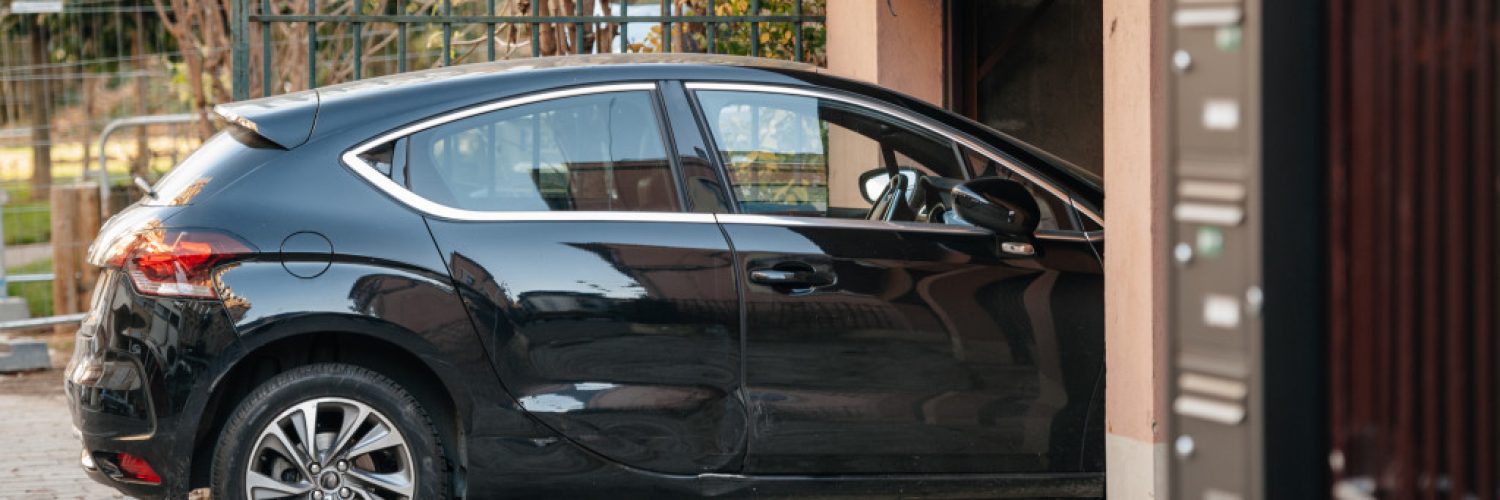Sometimes, people end up leaving their cars left parked for prolonged periods. It can be because of a walkable commute, other vehicles being easier to use, or some time away from home in a different location. But whatever reason it may be, this is not something that does your cars any favors, especially if you didn’t prep it for long storage in the first place. It’s not going to be “out-of-the-box” ready once you are finally going to use it again. Make sure you avoid any hassles and dangers by doing these quick checks before driving out.
Clean up the area around.
Over time, grime, dust, and other unwanted elements build up around and within your vehicle. That will be a rude awakening if you try to start your car up without checking around and doing a quick clean. Make sure you’ve checked for any rodents that have made their home in your vehicle or even underneath it (or in the hood). If you’re parked outdoors or in an unenclosed space, make sure you get some driveway cleaning so that there isn’t any built-up debris and muck that you might suddenly track over.
Check the battery.
Your car’s battery will naturally dispel some of its power over time, so even if left unused, its charge can get depleted. This variable even shifts if you had a bad battery in the first place. Usually, it can last about a month or so if you’ve got one that is newer and well-maintained. For older ones, it can be a dead thing within a week if you don’t power up now and then or hook up a maintainer.
Look at the tires’ form.
Unless you put your vehicle on jack stands and left your tires off and with good pressure, it’s more than likely that your tires are going to have some flat spots and deformities that will be very hard to drive with if your car was left put for months on end. If you’re picking tires that have been stored, you’ll want to make sure they were covered from sunlight, stored flat to avoid misshaping, and still have sturdy rubber compound.
Make sure there is no rust or corrosion.
There are multiple parts of your vehicle that you’ll want to check for both rust and other forms of corrosion, though these often go hand-in-hand. The main things you’ll want to check are your gas tank and your fuel pump. Once you’ve thoroughly examined those components and checked their functionality, you’ll want to double-check your actual liquids like the brake fluid. That can depreciate over time (especially if leaking), so you want to make sure it hasn’t gone bad and that you’re not down to the reservoir.
Assess the engine.

Of course, the biggest thing you’ll want to look at is your engine. Check if its condition is still good, then go through the checklist. Any contamination? A fair amount of oil left? Are the components in place?
Once you’ve got that covered, remove the spark plugs so you can lubricate the engine. During this process, you want to rotate the engine so that you can cover anything and also catch any suspicious noises are loose bits that need fixing. Then, put back your plugs before your roar off.
It may seem like there is much to do when getting a car back to movement after storage, but this is necessary for the safest and most convenient driving experience possible when getting a vehicle back up and running.

